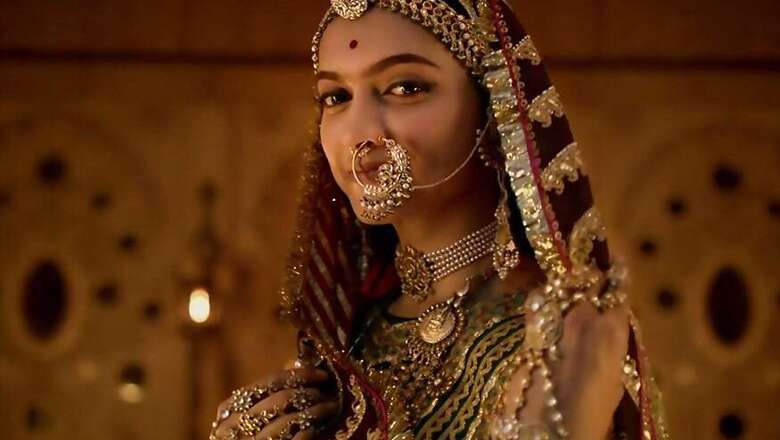
views
In the midst of uproar, heated debates and violent protests around the film ‘Padmaavat’, I am in search of the parrot Hiraman (Hiraman sua of Avadhi folklore — Padmavati Rani aur Hiraman sua ki kahaani) who is often referred to in the politics around the Sanjay Leela Bhansali movie.
If you spend some time in the Avadhi speaking villages of Uttar Pradesh, you might have heard about the Hiraman sua’s tale which later became the central plot (akhyayika) for sufi poet Malik Muhammad Jayasi for creating his famous poem ‘Padmavat’.
In this folklore, the name of Raja Ratan Sen as ruler of Chittor did not appear overtly, the narrator only mentions ‘there was a king’. The king heard about the awesome beauty of Rani Padmavati of Singhal Dwip, which was described somewhere in Sri Lanka, from the mouth of the amazing parrot — Hiraman Sua. When Jayasi composed his poem, he weaved folklore of Hiraman sua with Nath panthi symbol of Singhalgarh and the history of Chittor and Delhi.
In the literature of Nath panth, Singhal Dwip is described as sidhpeeth where yogis used to go to attain final truth. But the Maya king of Singhalgarh, had a lot beautiful women described as padminis, who used to allure the jogis and derail them from advancing towards the path of satya. So Jayasi weaved history with imagination, worldly setting with transcendental messages, fictions, imaginations with fact, and presented literary imagination in a historical canvas and used various sufi colours while writing the poem Padmavat.
The character of Padmavati which emerged originally from Avadhi folklore further evolved in Jayasi’s poem and was reconstructed through camera gaze and cinematic creativity, which cannot be seen as a hard historical fact. It is with us today in the form of 'mytho- history’ that is now perceived by few communities as their identity narrative.
It will be enjoyable if we have take this story that emerged from the oral tales of grandmothers from the villages of Uttar Pradesh as a folk tale, not as identity history. This story provides us imaginative insight to understand ourselves and our society. It does not describe societies based on events and characters. It makes our vision and insights broader and inclusive. On the contrary, identity narratives include few and exclude many.
It limits us, makes our vision narrower, creates fissures and conflicts within society and sometime create contestations and conflicts. Stories, especially folk stories, make us tolerant and flexible. On the other hand, identity narratives sometimes make us rigid. Stories reflect multiple colours within its constructions, opposed to the identity narratives, which suppress the multiplicity of various colours and experiences of the life.
Societies function through stories or in other words it produces multiple stories during its functioning. In rural society, during every day we narrate, listen, create and construct stories which are evolving, flexible and adjustable. Identity narratives also contain element of stories but mobilisation and political interests make them rigid and intolerant.
Cinematic lenses sometimes also provide us space of imagination in which we can add, edit and delete through our imaginative, creative instruments. Films use stories with visual and dramatic affect that makes it a more imaginative display than stories. If we see films or characters emerged from stories or mytho-history through our identity lenses, it may become problematic.
Imagination is the soul of any society. If we control imagination through power, dominance, fear produced by acts of violence, it will slowly lead towards death of society. Creative imagination makes our society more vibrant
We need to evolve like Hiraman sua who always admired, appreciated and adjusted with a new situation while narrating images of Padmavati to Raja Ratan Sen. But I don’t see Hiraman sua around us. We have lost him somehere in this identity discourse. He may have been killed or burnt during any violent procession around the film. I request the states, court, Rajput Karni Sena, Sanjay Leela Bhansali and other stakeholders or agitated people to return us our Hiraman sua. I am desperately searching for the Padmavati created by Hiraman sua not by Jayasi or Bhansali.
Badri Narayan is a Social Scientist at GB Pant Social Science Institute in Allahabad. Views are personal.)










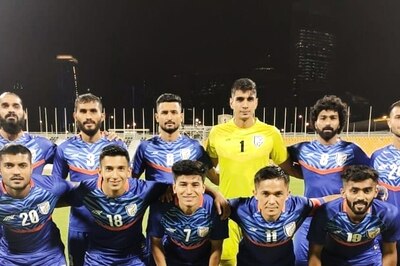
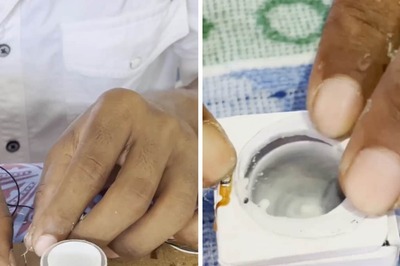
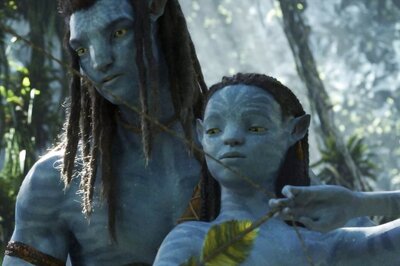


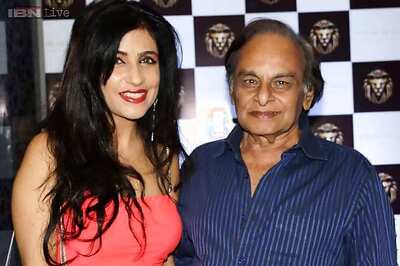
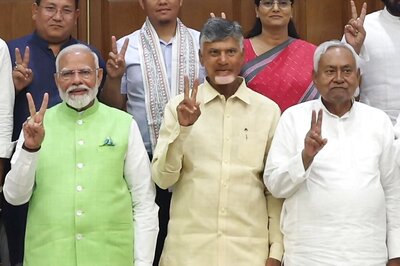

Comments
0 comment